
|
|
|
|
| Go to the Main Page of Toronto Zoo |
Award-Winning Tundra Trek is now open.
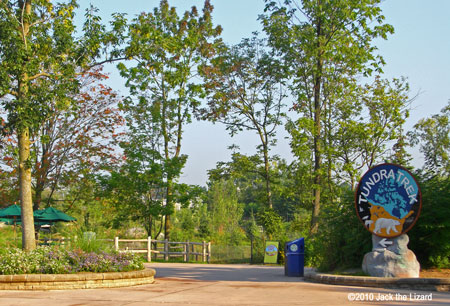 Let’s start the tour from here. Tundra trek is a great Arctic adventure to see arctic animals in their naturalistic habitat.
Let’s start the tour from here. Tundra trek is a great Arctic adventure to see arctic animals in their naturalistic habitat.
|
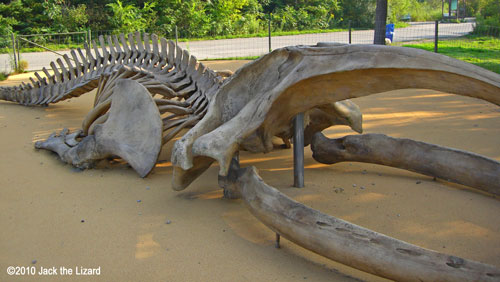 This is the replica of the Bowhead whale at the common life size. This size of whale is about 15 meters (50 feet) in length and 60 tons in weight. The whale uses their voices for several occasions such as communication, migration, mating and hunting.
This is the replica of the Bowhead whale at the common life size. This size of whale is about 15 meters (50 feet) in length and 60 tons in weight. The whale uses their voices for several occasions such as communication, migration, mating and hunting.
|
Arctic Wolf is one of the few mammals that can survive in extreme cold condition.
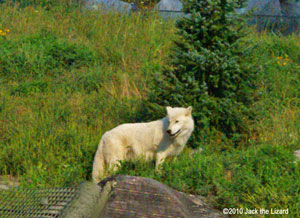
When wolves hunt large mammals such as reindeer and musk ox, it is more effective to form a team. So they usually live in packs. 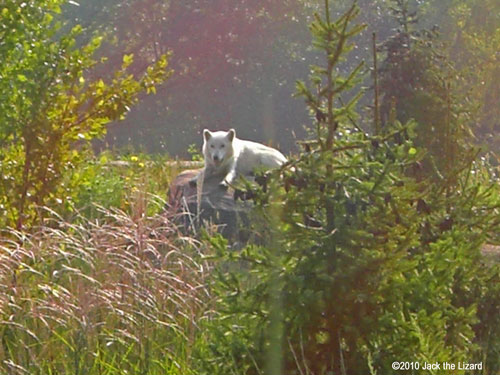
It is a very warm day for the Arctic Wolves. |
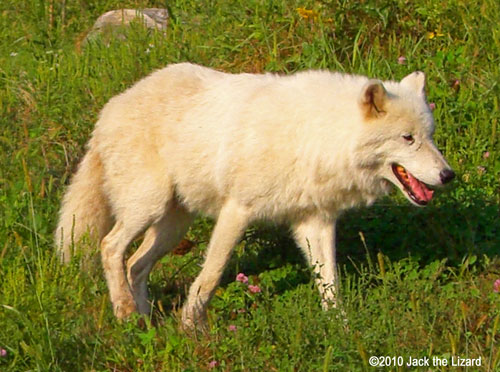
Female wolves are the fast runner. They catch up and nip a leg of the prey running away. Then the male wolves followed up later and bring down the prey. 
|
Polar Bear
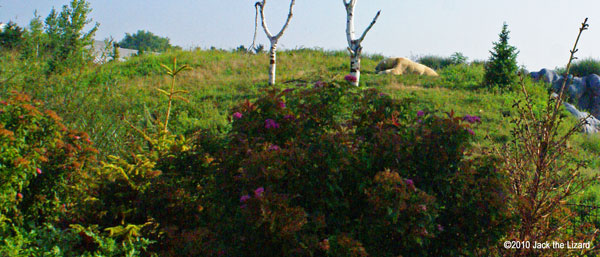
They are in the spacious place. Can you see the one relaxing far away? |
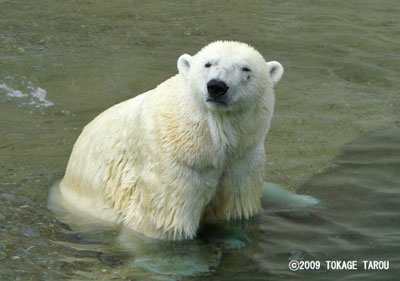
|
The Polar Bear inhabits the south shore of Hudson Bay. When the ice is formed in winter the bears start moving on the ice for hunting seals.
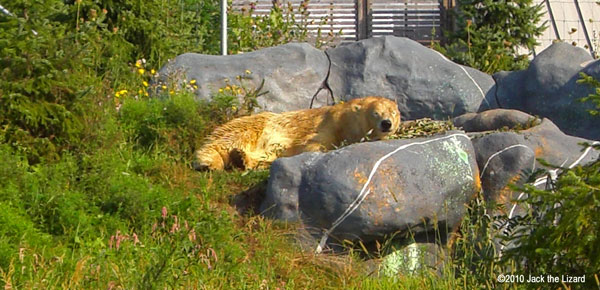
|
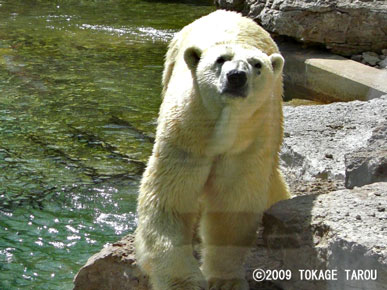
|
However bears have to wait longer for the ice, because the temperature has been rising in tundra.
If the temperature continuously rises, their hunting season will be shorter. As the matter of fact, the polar bear is loosing weight.
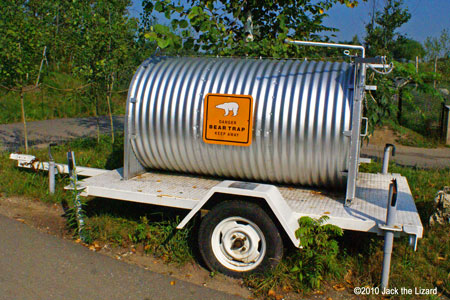
|
Churchill is located on the south shore of the Hudson Bay.
The polar bears sometimes come to the residential area for food. So the traps are set to send the polar bears back to their space and avoid any unwanted accidents.
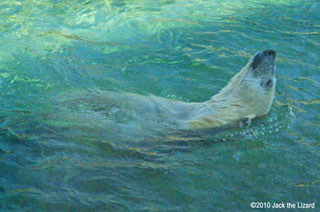
|
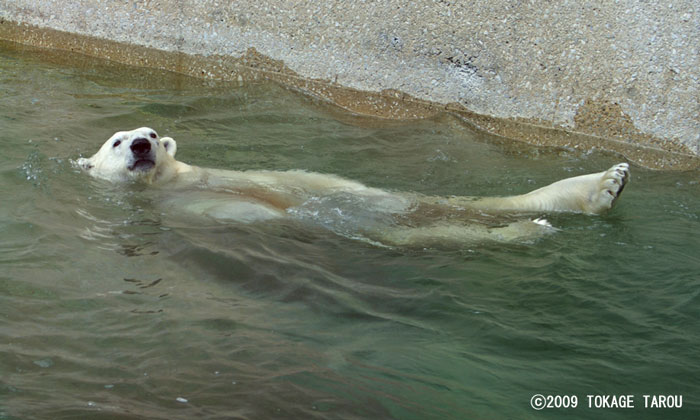
|

|
Reindeer
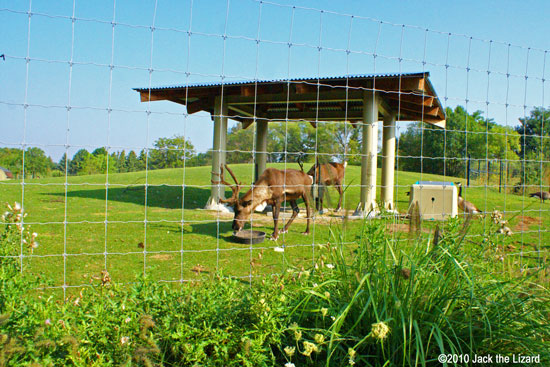
|
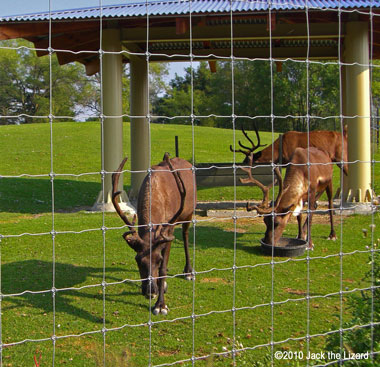
|
|
Reindeer’s hoofs change depends on the seasons. Their hoof pads are soft and spread wide in summer, so the reindeer walk easily on the boggy tundra. The hoof pads get harder and hair grows between their toes in winter. That makes reindeer can walk on the slippery surface. Hard hoofs can also break the ice and snow to expose the low-lying plants underneath for foods. |
|
 Great Indian Rhinoceros. They lives in India, Nepal and Bhutan. |
 They are on the list of the endangered species, but the population has been slowly increasing after the world wide conservation. |
 Their skin looks like armour. However it is very sensitive to bug bite or sun burn. Mud bathing is important to maintain their skin in a good condition. |
 Sumatran Tiger. They live in the island of Sumatra in Indonesia. They are also on the list of endangered species. |
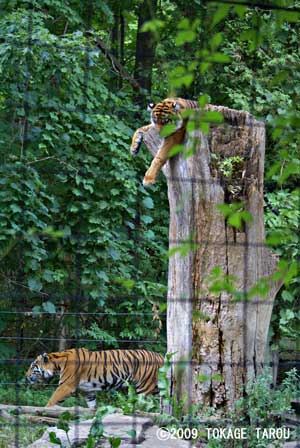 Sumatran tiger is the smallest in the tiger family. |
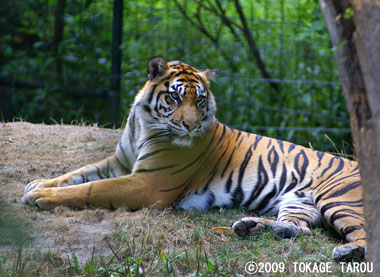 Unlike our pet cats, they love to play with water. |
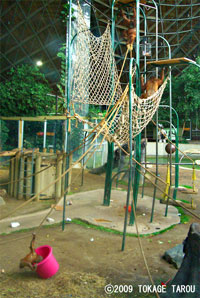 Sumatran Orangutan |
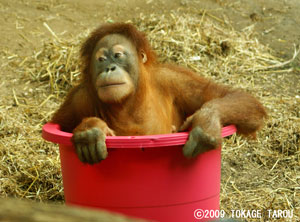 She looks very tired of baby-sitting. |
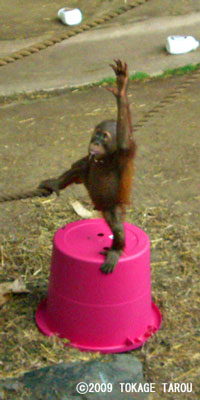 The little one is the entertainer of the day. He catches the eye of all human visitors. |
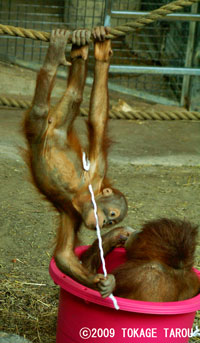 "Hey. Play with me, please." |
 People cannot help giggling his cut behaviour. He is only 2 years old. |
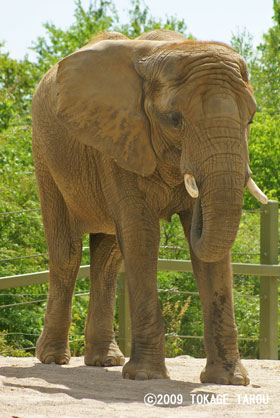 African elephant is the biggest species living on the ground now. |
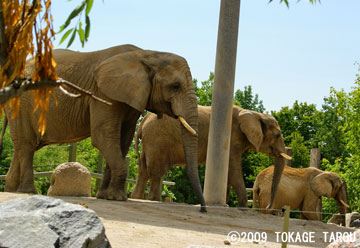 Toronto Zoo prepares 1,000 kg of food for the elephants every day. |
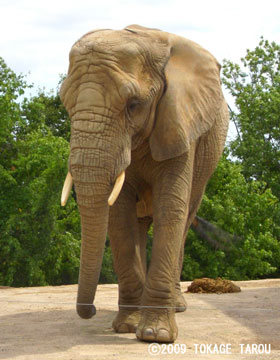 They love to play with sand and water. |
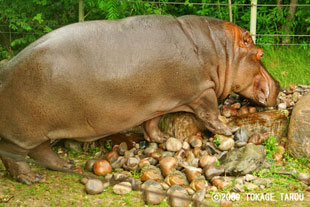 River hippopotamus. He kept licking rocks at this moment. |
 Hippo’s skin is very delicate. They stay in the water two-third of the day to protect themselves from UV or dryness. |
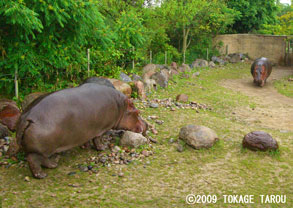 Walking is their daily activity. |
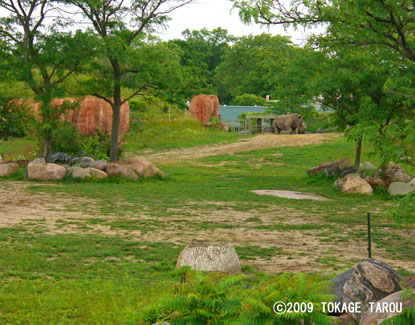 White Rhinoceros. Can you find any of them? Oh, there he is! |
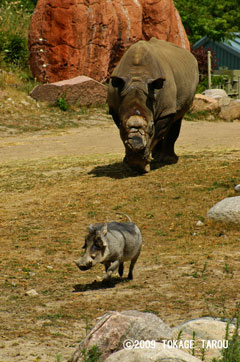 Warthogs live here together. |
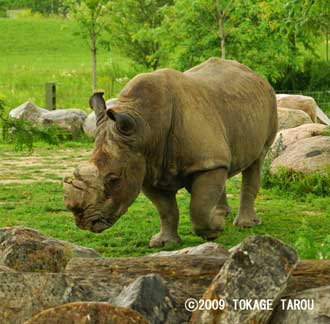 You can see the rhinos more active in the morning and evening. |
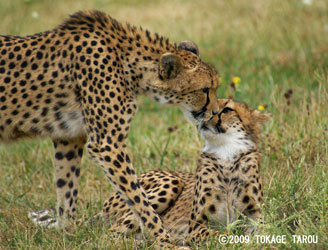 Cheetah. It runs at 80 to 120 km/h for hunting. |
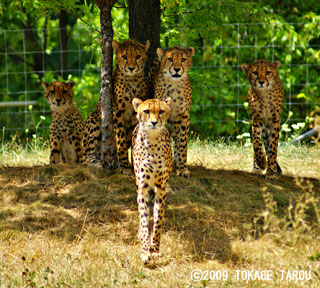 Cheetah does not roar. What does Cheetah's voice sound? Let’s go to the zoo to find that out. |
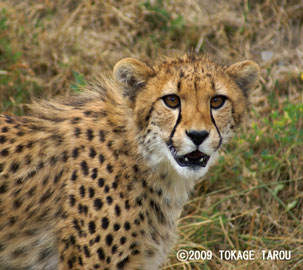 They are still young, so they still have mane on their backs. |
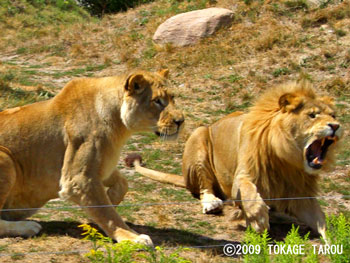 African Lion. Their roaring can be heard from 9 km away. They roar more often at the sun set or at their dinner time. |
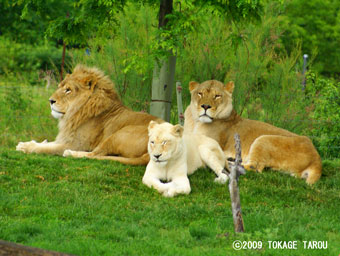 The white lion is very popular. Her parents are brown, the common color. The zoo keeper said she is not albino. |
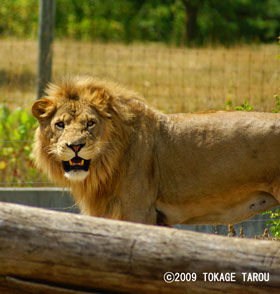 |
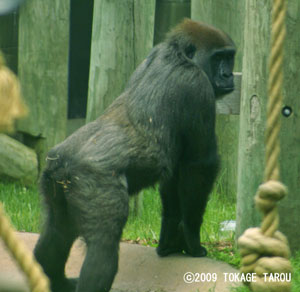 Western lowland gorilla |
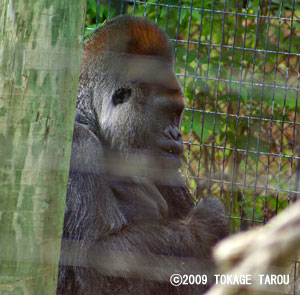 They eat plant stems, leaves, flowers, nuts, fruits, and so many different kinds of food in the African rain forest. |
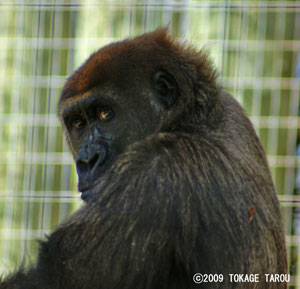 They have two "Lunch Time" every day in the zoo. |
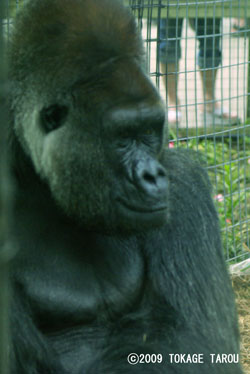 Charles is the silverback. |
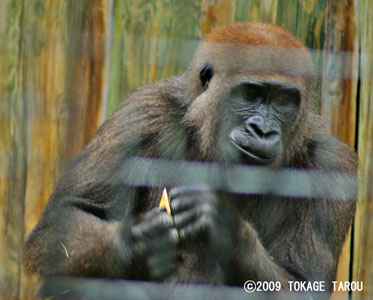 |
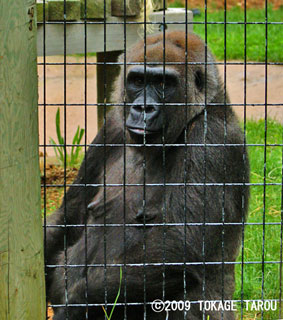 |
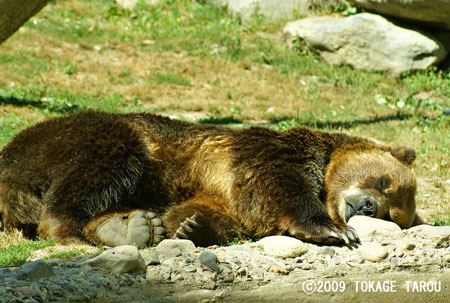 Grizzly bear |
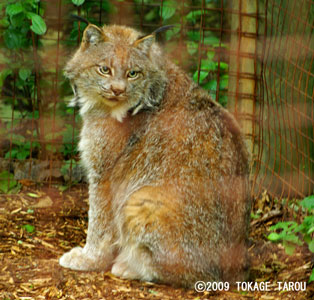 Canada lynx |
 Moose can be found in the most wilderness in Canada. Wild Canadian geese are resting in the area. |
 Cougar. They are more active at night. |